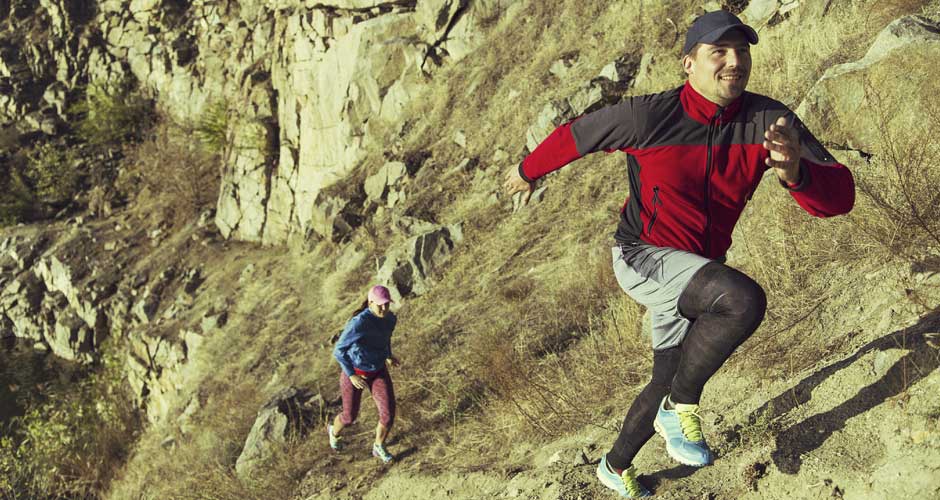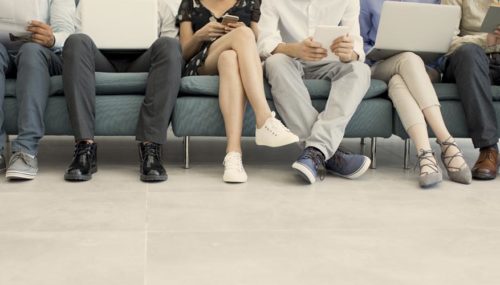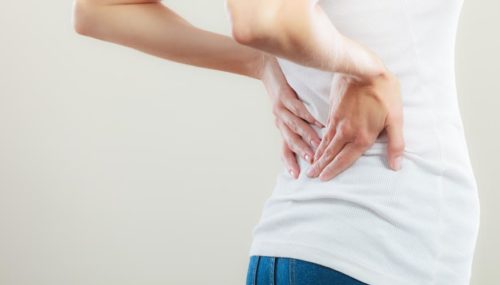Just gave a talk to a group of ultra runners at an event organised by Simon and Julie at Freestak and Torq, at the Parliament Hill Lido in Hampstead, London, a stone’s throw away from Chetwynd Road.
Thanks Simon and Julie for a well organised day! Here’s a summary of the points I made in the talk:
1. Running injuries may be specific to an area, structure or tissue, but most have a common cause… which is…
2. When the body begins to fatigue, muscular imbalances of strength and flexibility between the two sides of the body become greater…
3. …with the ultimate result over time of affecting the tissue that at that time has the most stress on it.
4. Result = local tissue breakdown (ITB, achilles, lower back, shins, etc.). But 99.9% on one side of the body, hardly ever on both.
5. General preventative measures / rehabilitation:
a. Look at strength of all major muscles in the body. Note down the weak/strong side with each muscle, then work on strength training that equalises each pair of muscles. Particularly in ultra runners not just leg muscles, but also trunk and upper body muscles.
b. Repeat with the flexibility of each muscle. Strength and flexibility symmetry should be assessed in conjunction with a personal trainer.
c. Check balance bilaterally using one-legged balance exercises on a wobble board or other unstable surface. Remember to check balance with eyes open and closed, as these are two different mechanisms of balance.
d. Get an osteopath/physio (who must be a runner) to assess and treat your global joint mechanics.
Armed with this information your osteopath/physio will be able to gain a full 3-dimensional picture of your body function, ie the pattern it will adopt when starting to fatigue. Only then can a true therapeutic prevention/rehabilitation regimen be effective.



